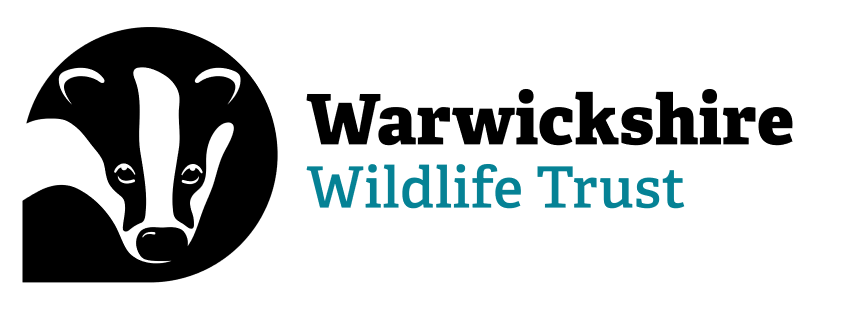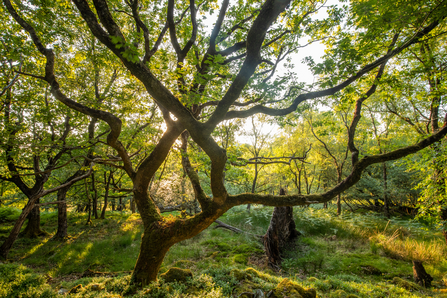Fifteen years ago, following recommendations from the Government’s Lawton Report1, The Wildlife Trusts stepped forward to ensure wildlife sites could become adaptable in the face of the climate crisis.
We pioneered the concept of Living Landscapes; a bold vision to restore nature at scale, reconnect habitats, and put wildlife back on the map. In simple terms, and to quote Professor Sir John Lawton, “More, bigger, better and joined up areas for nature”. Since then, other organisations have followed and collectively we’ve been working tirelessly to make Lawton’s vision a reality. It’s encouraging to see government policy finally catching up with the launch of Local Nature Recovery Strategies (LNRS); a potentially transformative tool to guide nature’s recovery across England.
LNRSs mark a significant shift in how we plan for nature. For the first time, spatial data on habitats, species, and opportunities for restoration will be made publicly accessible. This opens doors for farmers, developers, businesses, and communities to engage with nature recovery across the whole of England, in a way never possible before. It also creates a platform for environmental organisations to collaborate more effectively, aligning their efforts sharing priorities and working across landscapes rather than in isolation.
The potential is huge.
These strategies could help unlock investment, inform land-use decisions, and support the delivery of biodiversity net gain and other environmental targets. They could also help bridge the gap between national ambitions and local action, something that’s been missing for far too long.
However, the reality on the ground is more complex. While the concept is sound, the quality and consistency of the data used to develop each strategy varies significantly. Different methodologies, levels of stakeholder engagement, and resource constraints mean stitching together strategies across county boundaries is proving difficult. Nature doesn’t recognise administrative borders, and if we’re serious about recovery at scale, we need a more joined-up approach.


